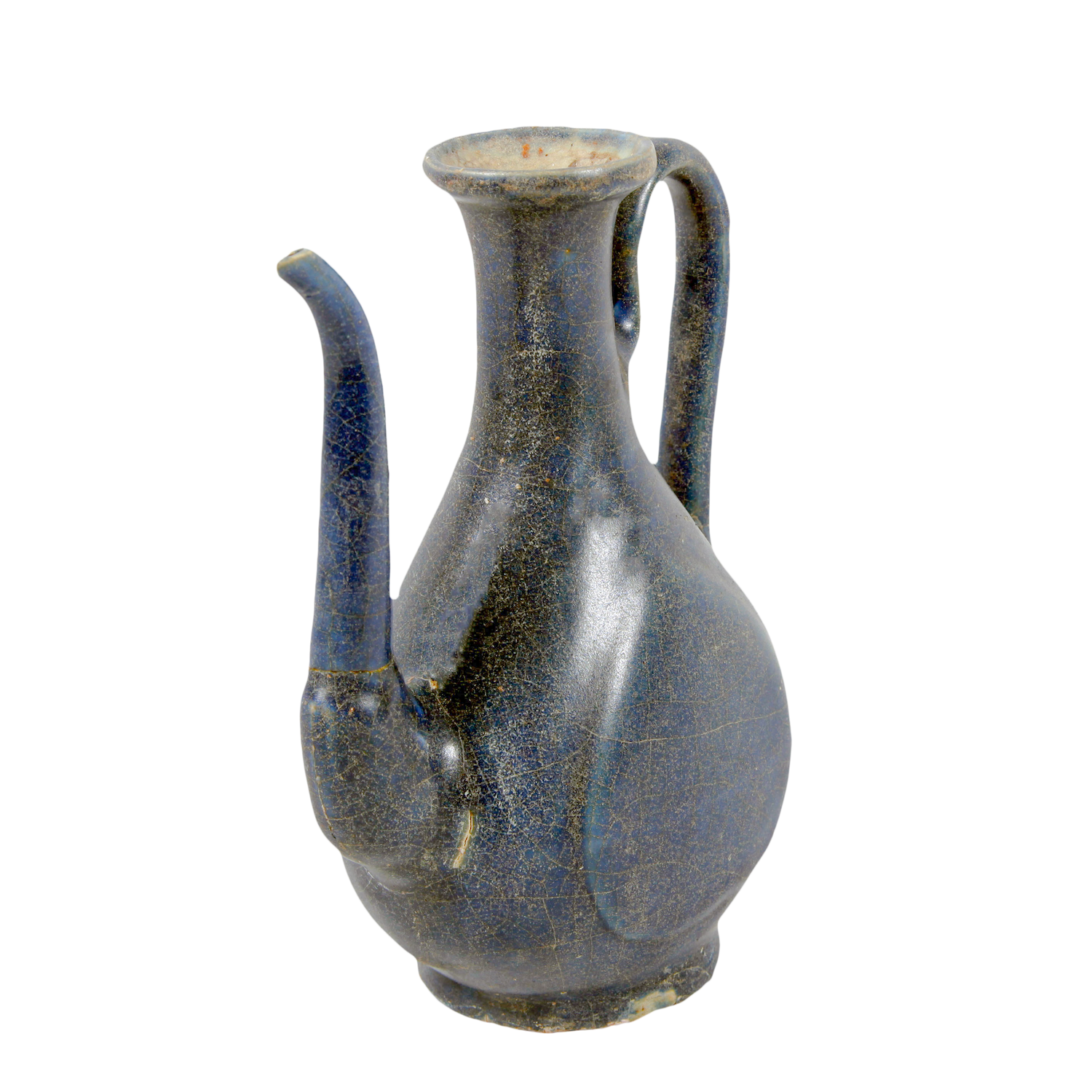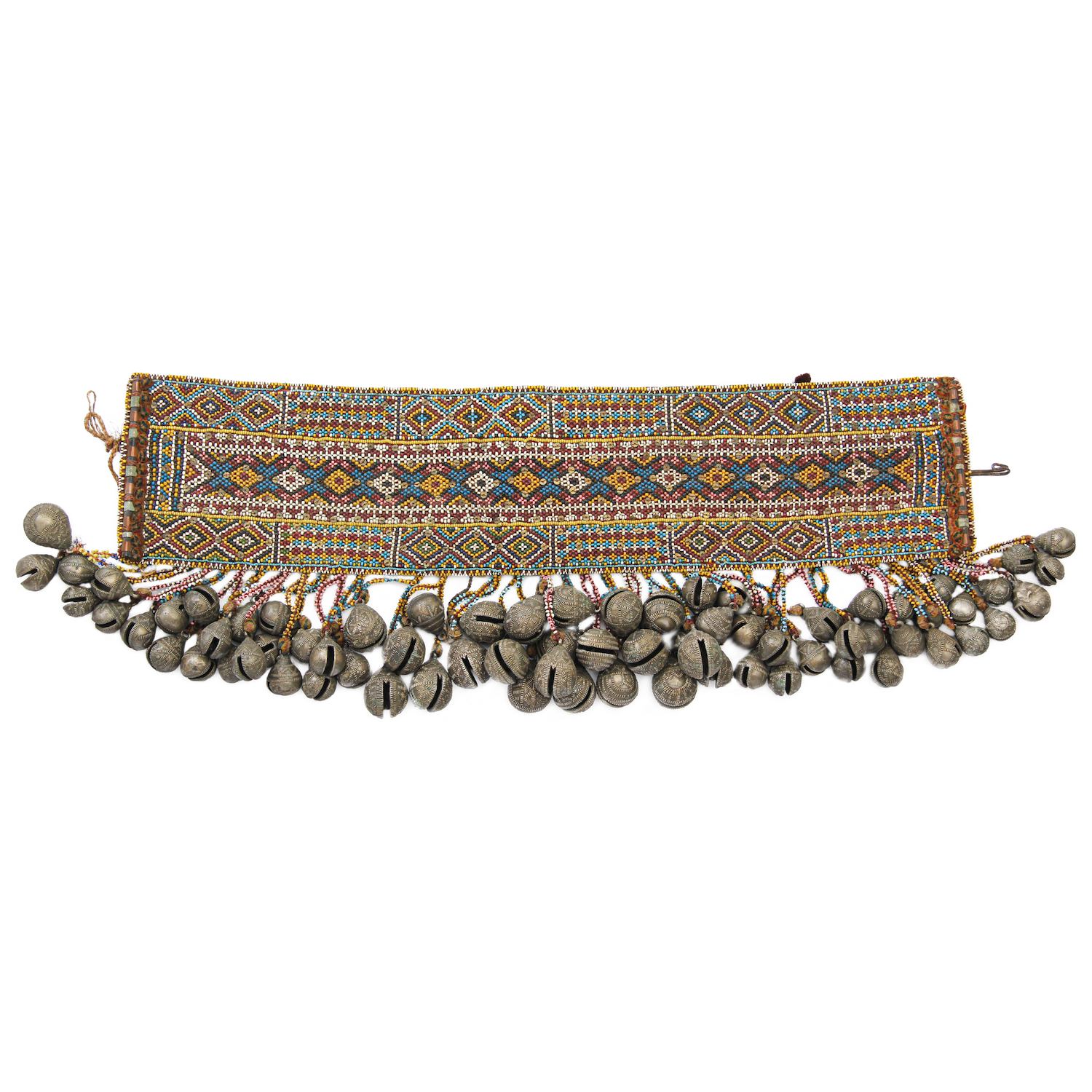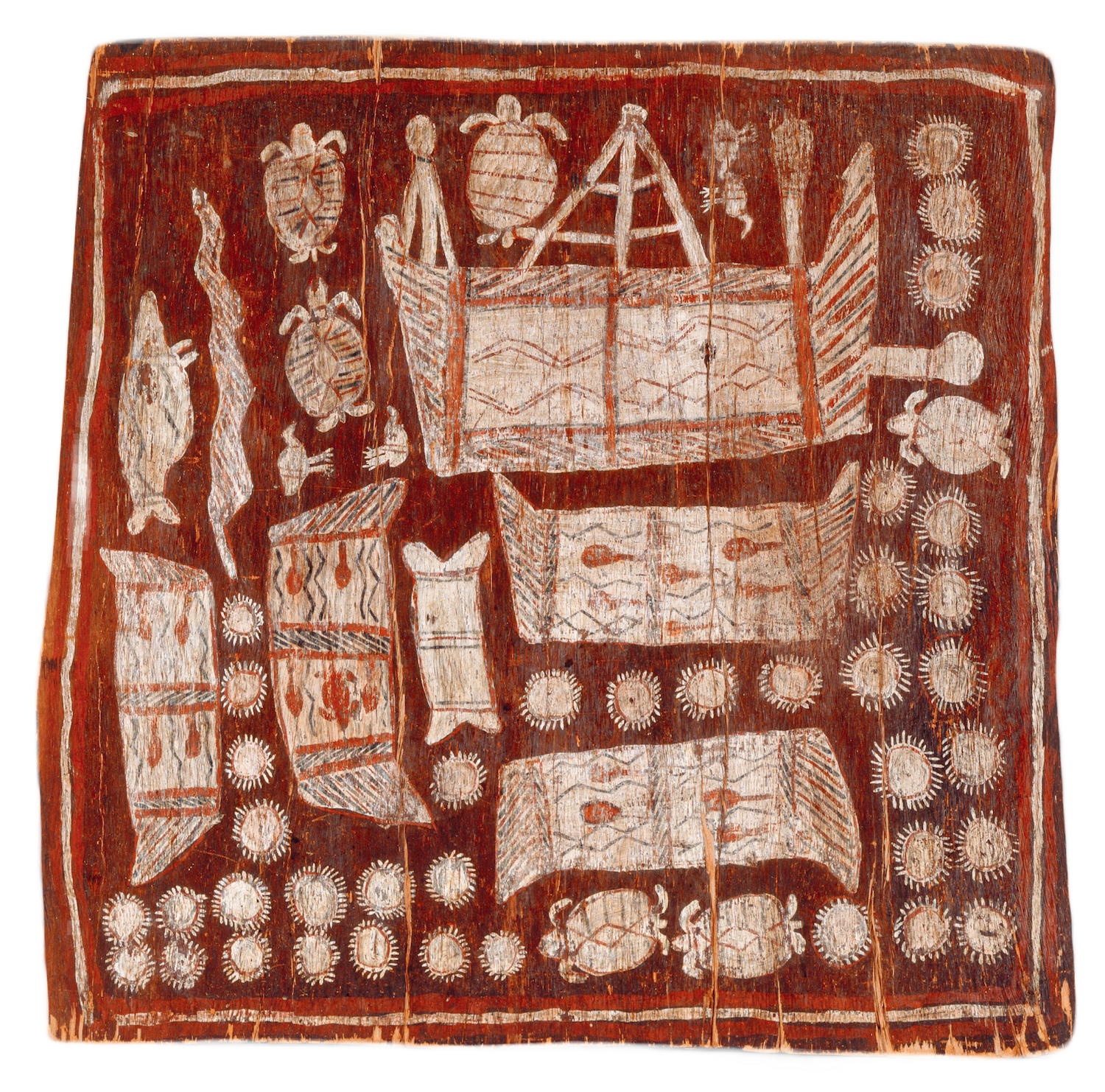
Trade Networks & Goods
For thousands of years, people in Southeast Asia have traded, interacted, and exchanged ideas across the sea. Long before the establishment of modern nation states, royal courts and centres of power in the region produced goods for trade and created demand for luxury goods such as ceramics, textiles, and jewellery.
An example is the beautifully made blue-coloured ewer from the 15th–16th century Brunei shipwreck, which was made in China most likely for export to Southeast Asia.
Trade networks were not limited to the oceans, but also connected coastal and mountain communities through riverine systems. One example of this is evident in how the Bagobo people of Mount Apo in the Philippines acquired glass beads and bronze through trade networks to make their ornamental Bakus belts. Similarly, the kachangyan (elite) of Bontoc society from the mountainous regions of Samoki and Bontoc, also in the Philippines, relied on trade with coastal communities for large shells to create the fikum ornamental belts.
Trade networks also facilitated important cultural exchanges. For hundreds of years, First Nations peoples of northern Australia traded trepang (sea cucumber) with Makassans along a route that linked northern Australia, Makassar, Manila, and southern China. This interaction involved deep cultural exchange, as reflected in a bark painting by Yolŋu artist Wonggu Mununggurr (c. 1880–1959) from Yirrkala in northeast Arnhem Land.
Tradeware, including ceramics designed to be exported and transported across the sea, can provide important insights into the history of trade networks in Southeast Asia. Examples of such tradeware are often found in shipwrecks while others are uncovered at archaeological sites, together offering valuable information about how these objects were used and by whom. Museums in the region with maritime collections play a crucial role in preserving and interpreting these objects.
Theme image: National Gallery of Australia ikat pelapai from Lampung, Sumatra, by Jeffrey Mellefont.




